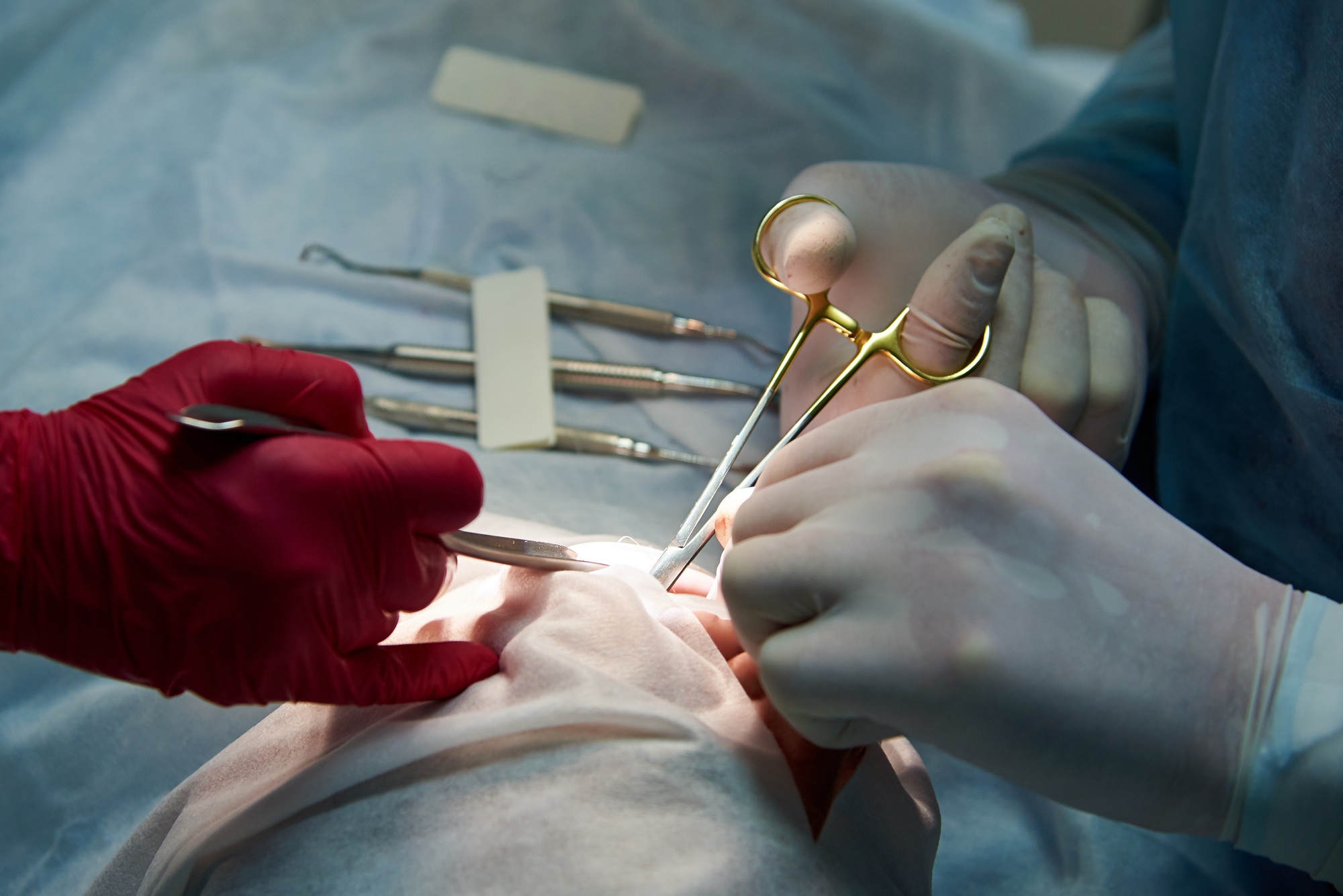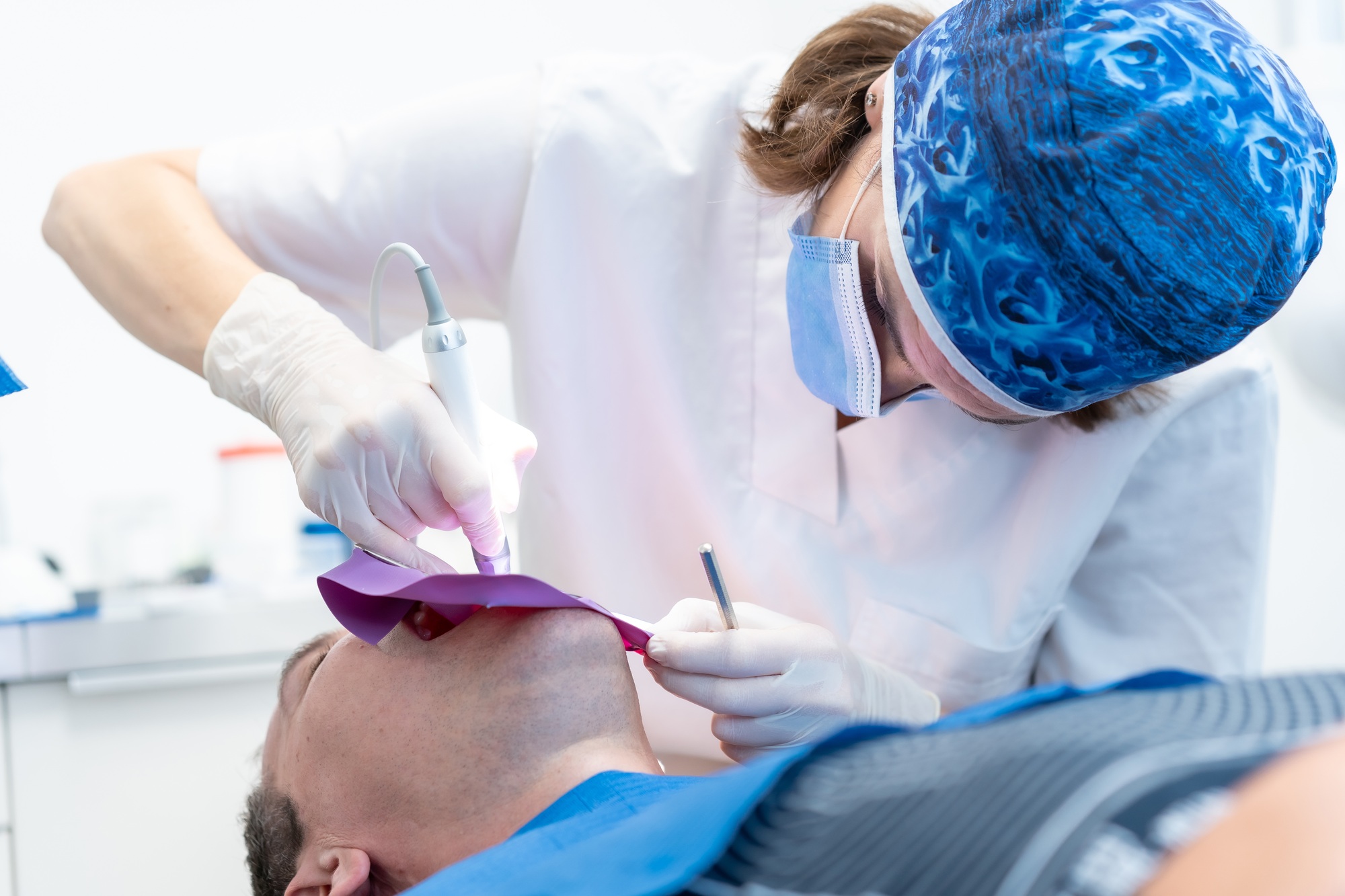Bone Grafting
Contact Us
Bone Grafting at Bright Smiles Dentistry & Orthodontics: Rebuilding the Foundation of Your Smile
What is Bone Grafting?
Following Tooth Extraction
To Support a Dental Implant
To Treat Gum Disease
Bone grafting also helps:
Fight Bone Shrinkage
Preserve Jaw and face structures (re-establish function and aesthetics)
Provide solid foundation for implants
When Is Bone Grafting Needed?
How Bone Grafting Works
Eventually, your body will replace the graft material altogether with new, healthy bone. The healing time usually takes several months, but once healed—typically strong enough for dental implant or other restoration.
Socket Graft
Ridge Augmentation
Sinus Lift
Types of Bone Grafts
The Bone Grafting Procedure
Consult and Assessment:
Graft Placement:
Healing and Integration
Follow-Up Care
Bone Grafting for Dental Implants
If we do a bone graft before the dental implant procedure, there is a much greater likelihood of success and you can enjoy a functional, natural appearing smile for years to come.
Why Choose Bright Smiles Dentistry & Orthodontics for Bone Grafting?
Expert Care
Individualized Treatment Plans
Advanced Technology
FAQ:
1. What is bone grafting, and why is it necessary for dental procedures?
2. When is bone grafting needed for dental procedures?
Tooth extraction has led to bone loss.
A dental implant is planned, but there isn’t enough bone density to support it.
Gum disease or trauma has weakened the bone structure.
Bone grafting helps regenerate the bone to improve the chances of successful dental restoration and prevent further bone loss.
3. How does the bone grafting process work?
4. What are the different types of bone grafts used in dental procedures?
Socket Graft: Performed after a tooth extraction to preserve the bone structure for future implants.
Ridge Augmentation: Used to rebuild the jaw ridge after significant bone loss, creating a stable base for implants.
Sinus Lift: Performed in the upper jaw to increase bone volume in the back molar area for successful implant placement.
5. How long does it take to recover after bone grafting surgery?
6. Are there any risks or complications associated with bone grafting?
Infection at the graft site.
Graft failure if the bone does not properly integrate.
Swelling or discomfort post-surgery.
At Bright Smiles, we minimize these risks with advanced techniques, sterile equipment, and careful post-operative care to ensure a smooth recovery.
7. How much does bone grafting cost?
8. Can bone grafting help prevent bone loss after tooth extraction?
9. How do I know if I need bone grafting for dental implants?
10. How long does it take for a dental implant to be placed after bone grafting?
The timing for dental implant placement depends on how quickly your bone integrates with the graft. After the grafting procedure, you will typically need to wait 3 to 6 months for the graft to heal and regenerate before the implant can be placed. Once the bone is fully healed, your dentist at Bright Smiles will be able to place the implant securely and safely.
Schedule Your Bone Grafting Consultation Today
If you’re considering dental implants or need to restore lost bone due to gum disease or trauma, contact Bright Smiles Dentistry & Orthodontics to schedule a consultation. Our team is here to help you understand your options and develop a personalized treatment plan that fits your needs.
Call us at (678) 941-5151 or visit our website to book an appointment at one of our convenient locations in Dawsonville, Cumming, or Lawrenceville, GA. Let us help you rebuild the foundation of your smile with expert bone grafting care.
Any Questions?
We'll answer your questions and get back to you within 24 hours.
Contact Us
Enter your info and we'll get right back to you.
We'll contact you within 24 hours of your submission.








